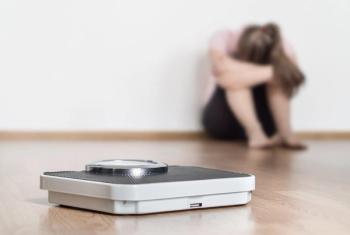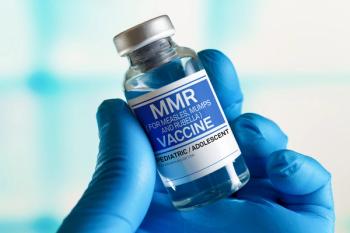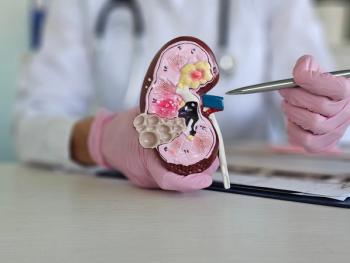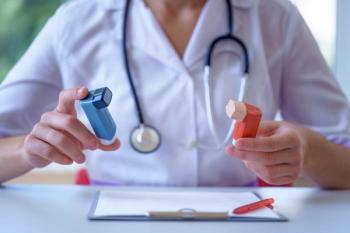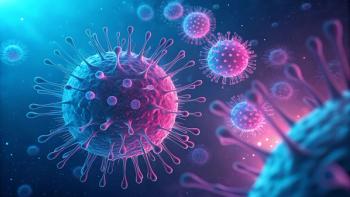
Undertreated Depression in Teens
Nearly two-thirds of adolescents suffering from major depressive episodes in the past year didn't receive treatment.
Editor's Note: In recognition of Mental Health Awareness Month, we've provided current information on treatment in adolescents, along with links to more resources.
By Kate H. Gamble, Senior Editor
Of the 2 million US adolescents who experienced at least one major depressive episode in the past year, just 34.7% received treatment, according to a report by the Substance Abuse and Mental Health Services Administration (SAMHSA).
The
“Depression among adolescents is a serious public health problem that is all too often overlooked, and the consequences can be devastating,” said SAMHSA Administrator, Pamela S. Hyde, J.D. “If depression among young people is identified and treated early, we can turn a life around and reduce the impact of mental illness and substance abuse on America’s communities.”
According to the study, adolescents who had suffered from an MDE in the past year were more than three times as likely as those who did not suffer an MDE to experience a substance use disorder during that time period. The authors also found significant differences in the rates of MDE experiences in the past year among subgroups of adolescents. For example, adolescent females were more than twice as likely as their male counterparts to have experienced an MDE during the past year, and the rates of past year MDE experience increased as adolescents grew older, from 3.6% in 12-year-olds to 10.4% in 15-year-olds.
Among the nearly 700,000 adolescents who suffered from MDE and received treatment, more than half (58.5%) met with a medical doctor or other health professional but were not prescribed medication. According to the survey, 34.7% met with a heath professional and were also prescribed medication, and 6.7% receiving treatment used prescription medication only.
These findings highlight the need to raise awareness of the signs of adolescent depression, to increase screening for adolescent depression in multiple health care settings, and to more widely disseminate information on the availability of treatment and treatment options for adolescents with MDE, according to SAMHSA.
Data from the study is drawn from SAMHSA’s 2009 National Survey on Drug Use and Health (NSDUH), which collected data from a representative sample of 22,626 adolescents throughout the United States.
For more information:
- Efficacy and Effectiveness of Antidepressants (Pharmacy Times)
- Depression: Underdiagnosed and Undertreated (Pharmacy Times)
- Depressed Teens with History of Abuse Less Likely to Respond to Combination Treatment (National Institute of Mental Health)
Newsletter
Stay informed on drug updates, treatment guidelines, and pharmacy practice trends—subscribe to Pharmacy Times for weekly clinical insights.

